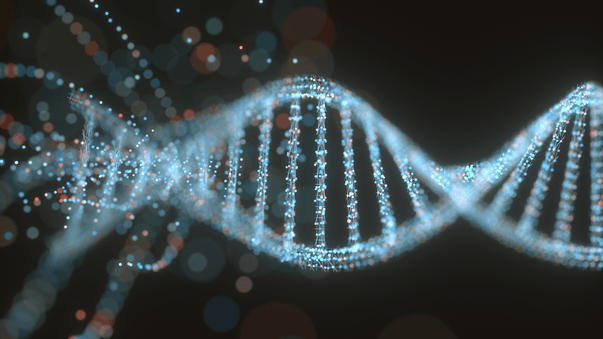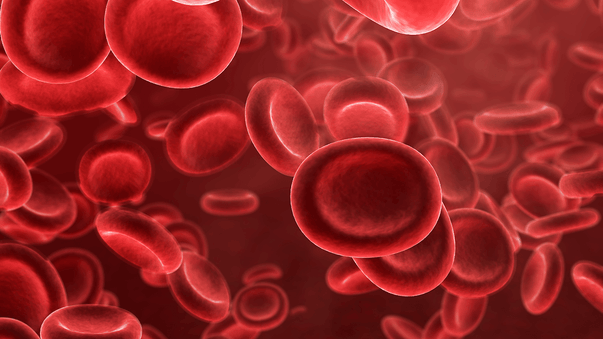Epigenetic Expression of DNA Affects Aging and Longevity

The sequence of our DNA influences how our bodies work and who we are but generally remains unchanged. From early in human development, DNA is shaped around histones and tagged with methyl groups, acetyl groups, and other compounds that can change the way our genes are expressed. The expression of DNA is our epigenome.
Some parts of the epigenome are formed as clumps of stem cells differentiate to form all the organs and systems of a fetus. Other parts of the epigenome are inherited from parents, developed in utero, and change with age. And yet other parts of the epigenome come from dietary and environmental exposure throughout life.
Types of Epigenetic Change
There are two main types of epigenetic change: histone modification and DNA methylation.
DNA in our cells is made up of a sequence of nucleotides bound together in a twisted ladder structure. That strand is wrapped around protein structures called histones. Where histones are placed and how tightly they are arranged can encourage or inhibit transcription of a section of DNA. It influences how much or how often that gene is expressed.
The main types of histone modification are acetylation and methylation. If a tail of a histone is acetylated, the histone separates from other histones to expose a section of DNA, allowing those genes to be expressed more freely. If part of a histone is methylated, the histone moves closer to other histones, essentially closing off that section of DNA from transcription factors.
On the DNA strand itself, a nucleotide can become methylated, inhibiting gene expression at that location. This is the most common and the most researched type of epigenetic modification.
Results of Epigenetic Change
Epigenetic change may essentially turn a gene "on" or "off." Even though a person may carry a gene, it does not determine the person's destiny. The epigenome may increase or reduce expression of that gene, or potentially block it. Epigenetics may affect how our body deals with saturated fat, how well we are able to focus, and how we age.
Epigenetic markers can change. As a single cell grows and splits to become the various types of cells and structures that make up a human, epigenetic markers appear, causing the cells to differentiate. A stem cell may become a heart muscle cell, which will have a different pattern of epigenetic markers than if it became a liver cell. The placement of the markers determines which genes get expressed and therefore how the cell functions.
As cells are exposed to the environment, including the mother’s body, new epigenetic markers are placed. Because epigenetic markers can change throughout life, they may enable a person continually to adapt gene expression to fit changing environments.
However, markers placed in early development are not as easily changed as markers placed later. When a diet is deficient in nutrients that are methyl donors (folic acid, B vitamins, SAM-e, and co-factors choline and betaine), DNA methylation is decreased. And when infants are deficient in such nutrients while in-utero, certain regions of DNA may become under-methylated for life, altering the function of their cells and their body.
Longevity and the Epigenome
As humans age, our epigenetic markers change. And genes that are turned on or off may be responsible, to varying extents, for the negative effects of aging on lean body mass, bone mass, and memory.
Models, called epigenetic clocks, are being refined to measure DNA Methylation Age. Equipped with such tools, and a rapidly-improving understanding of epigenetics, researchers are starting to look at how various exposures affect the epigenome, how certain genes are targeted, and how specific epigenetic changes may be induced to improve health and increase longevity.
Look for future articles, in which I'll discuss how the epigenome influences our health, and how diet, supplements, and environment can change DNA methylation patterns.
More Articles
Read more articles at Thrivous, the human enhancement company. You can browse recent articles in Thrivous Views. See other Geroprotectors articles. Or check out an article below.
-
B Vitamins for DNA Methylation to Decrease Epigenetic Age
The release of information about astronaut Scott Kelley’s epigenetic changes during space flight has spurred some interesting conversations. The epigenome is ...
-
Omega 3 in Blood Cells Is Associated with Longevity
I recently heard about the All of Us research program in the USA. It is a study looking at genetics ...


